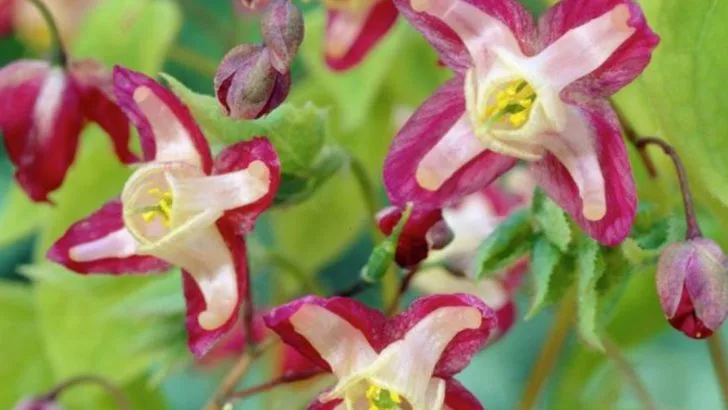Shade gardens can be peaceful retreats—but slugs often turn them into battlegrounds. These pesky pests love damp, shady spots and can quickly damage your favorite plants. But what if you could enjoy lush shade greenery without inviting slugs to the party?
Luckily, some shade-loving plants are naturally unappealing to slugs, thriving quietly without constant pest battles. They bring texture, color, and life to darker corners of your garden while keeping slug damage at bay.
In this article, discover 14 shade-loving plants that don’t attract slugs—perfect choices for a beautiful, low-maintenance shady garden.
Astilbe
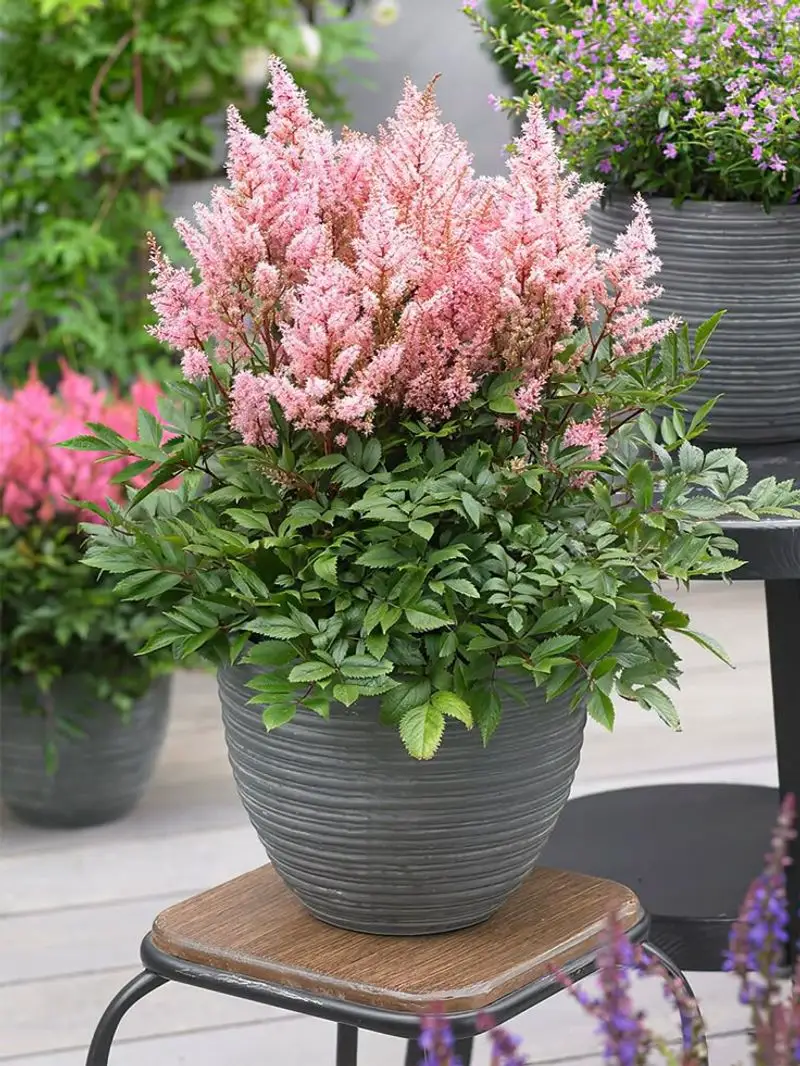
Astilbe stands out with its feathery plumes, adding a touch of elegance to any shaded garden. Rather than inviting slugs, these resilient perennials dazzle with vibrant pinks, reds, and whites. They thrive in moist soil, making them an ideal pick for those less sunny spots. Not only are they easy to care for, but their fern-like foliage adds a lush, textured backdrop to companion plants. Even without flowers, Astilbe maintains its beauty throughout the seasons. If you’re looking for a plant that delivers both color and charm without the slug risk, Astilbe is a fantastic choice.
Hosta ‘Blue Mouse Ears’
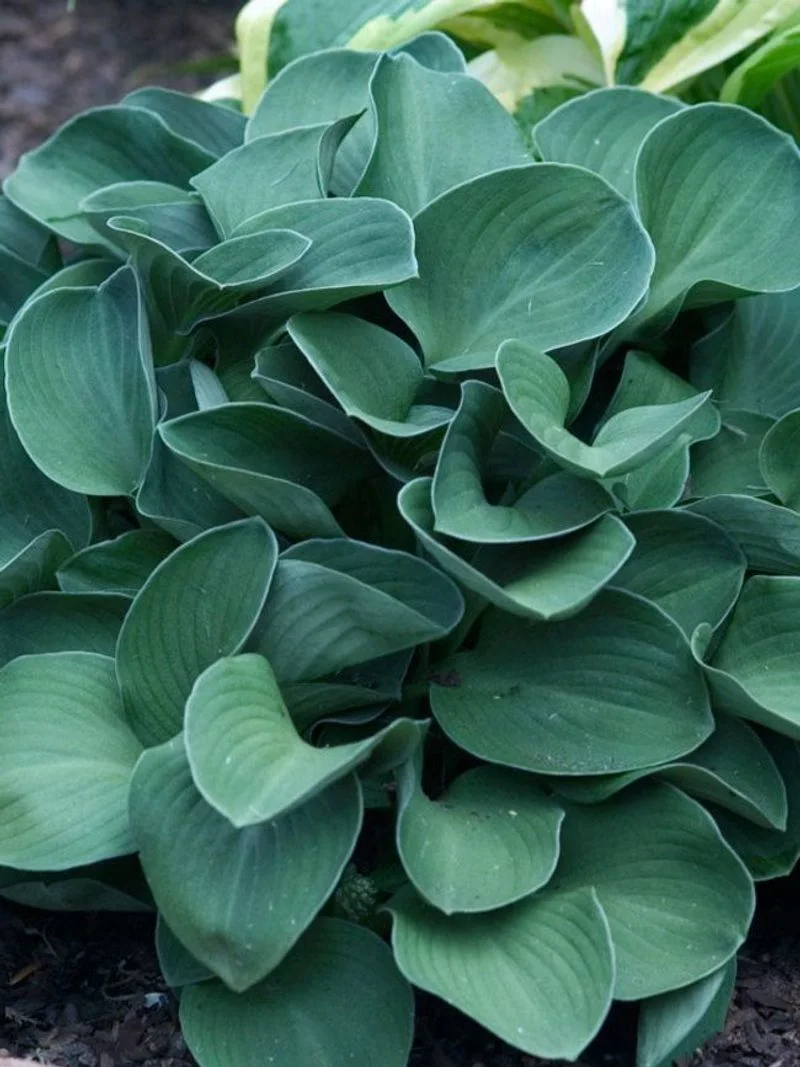
Hosta enthusiasts adore the ‘Blue Mouse Ears’ variety for its charming, compact nature. Its thick, blue-green leaves are not just visually appealing but also slug-resistant. This mini hosta is perfect for containers or as an edging plant in shaded gardens. Known for its slow growth and longevity, it provides enduring beauty without demanding too much attention. Unlike some hostas that suffer slug damage, ‘Blue Mouse Ears’ remains pristine. With its understated elegance, this hosta creates a calming presence in any garden nook.
Ferns
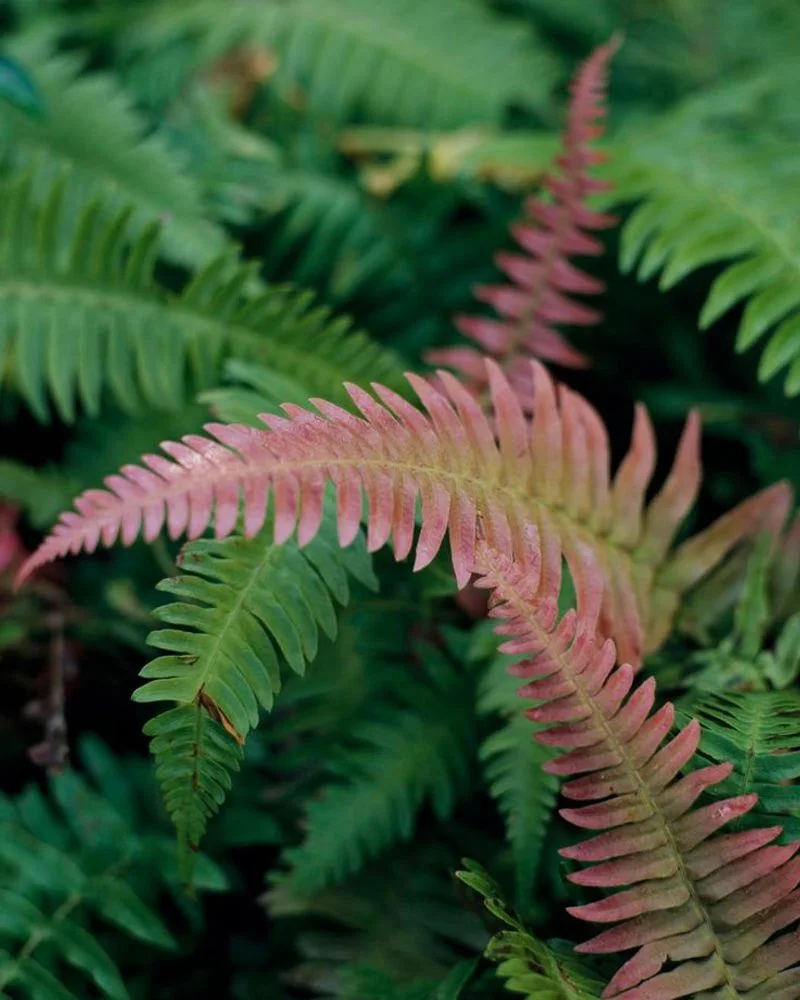
Ferns are the quintessential shade dwellers, thriving under canopy cover where others falter. Their intricate fronds offer a soothing, green backdrop that’s unappealing to slugs. A range of species, from the delicate Maidenhair to the robust Ostrich Fern, provides diversity in texture and height. Ferns are adaptable and resilient, requiring minimal care once established. Their ancient lineage adds a touch of history and mystery to the garden, making them a timeless choice. Whether in a woodland setting or a shaded border, ferns excel without inviting unwanted guests.
Japanese Painted Fern
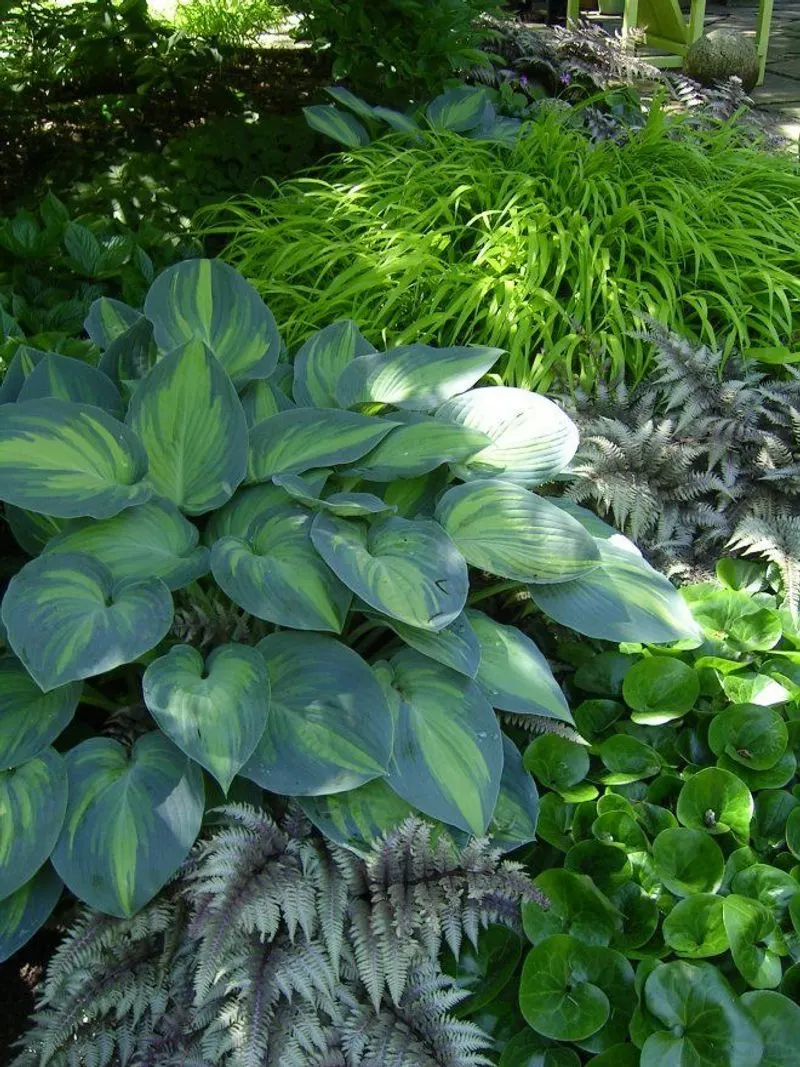
The Japanese Painted Fern is a showstopper with its silvery fronds tinged with purple and green. This plant’s exotic appearance belies its hardiness, as it resists slugs and thrives in shaded, moist environments. It’s perfect for adding a splash of color to the darker corners of the garden. Its unique coloration sets it apart from typical greens, providing visual interest throughout the season. Easy to grow and maintain, this fern is a favorite among gardeners looking to enhance shade gardens with a bit of flair.
Begonia
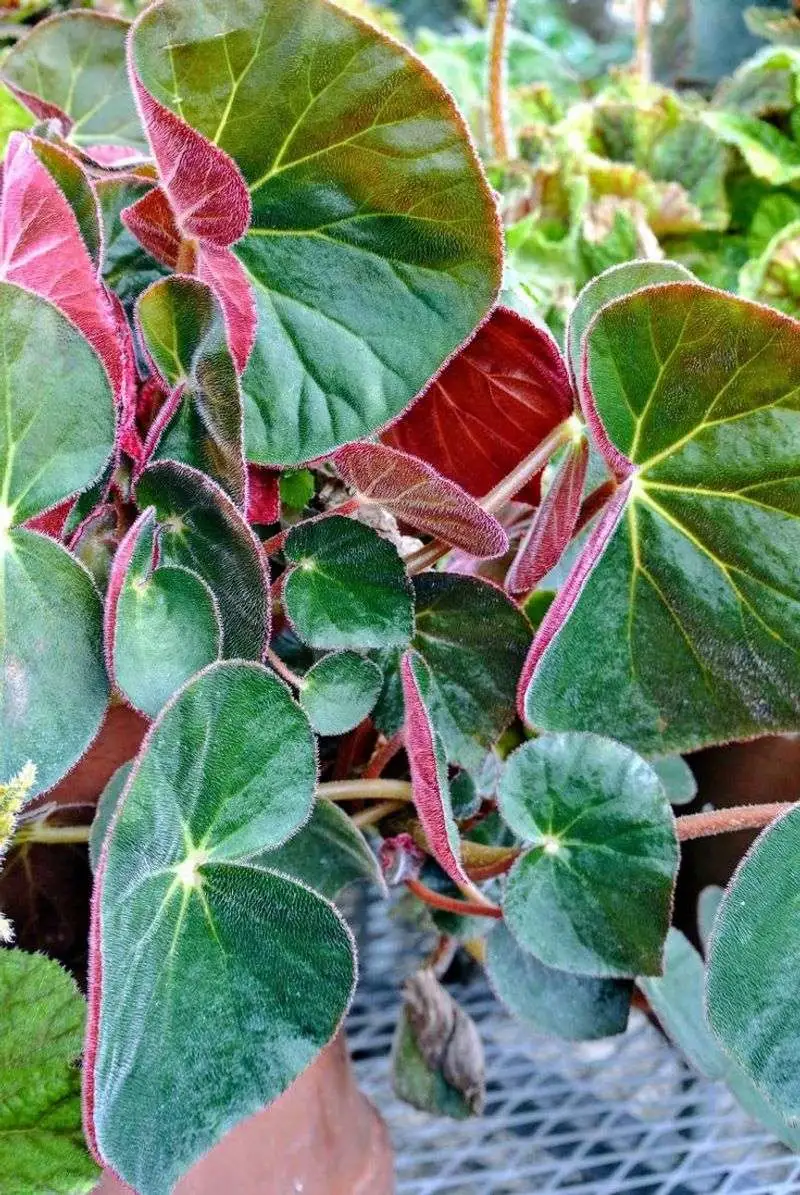
Begonias bring a burst of color to any shaded area with their vibrant blooms and varied foliage. While slugs find them less appealing, gardeners prize these plants for their continuous flowering and diverse palette. Ideal for containers, hanging baskets, or garden beds, begonias adapt well to various environments. Their waxy leaves contribute to their slug resistance, allowing them to stay lush and healthy. With hundreds of varieties available, there’s a begonia to suit every aesthetic, making it a versatile yet reliable choice for shade.
Hellebore
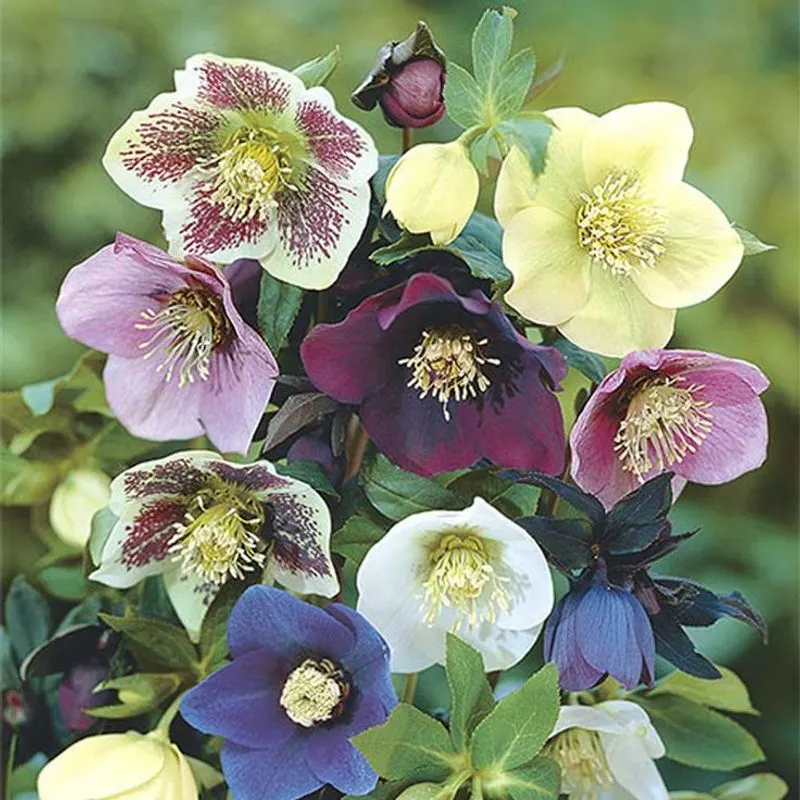
Hellebores, often called the Christmas or Lenten Rose, enchant with their winter and early spring blooms. These plants flourish in shaded areas and are untroubled by slugs due to their sturdy leaves and toxic properties. Their nodding flowers come in a variety of colors, from pristine whites to deep purples. Hellebores add intrigue to the garden during otherwise quiet seasons, providing a much-needed splash of life. With little care, these perennials return year after year, rewarding gardeners with their resilience and beauty.
Lungwort
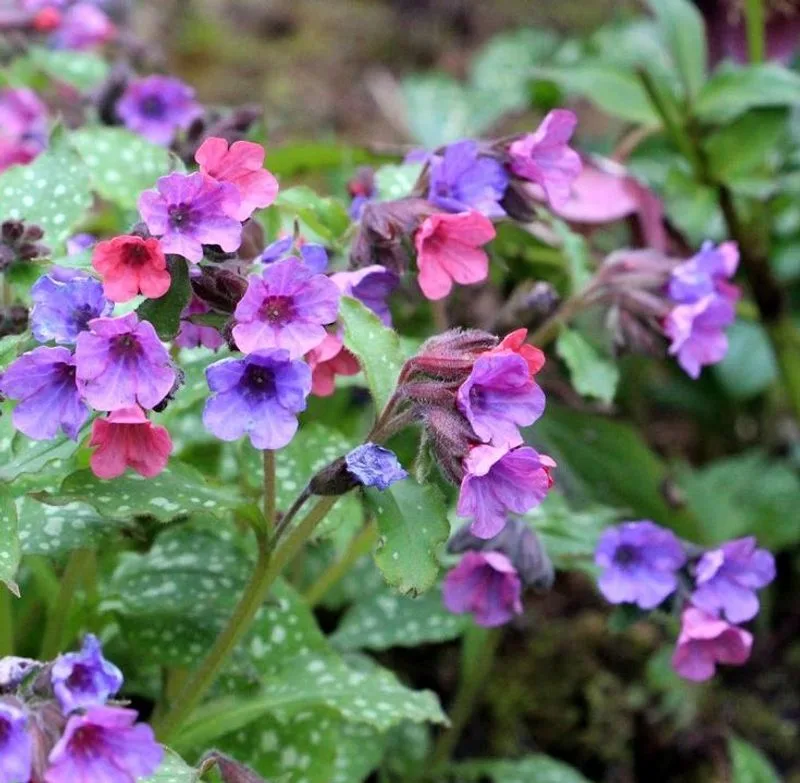
Lungwort captivates with its uniquely spotted leaves and stunning blue to pink flowers. This plant thrives in shaded, moist environments, making it perfect for woodland gardens. Its leathery foliage is not to the taste of slugs, ensuring it remains untouched. Lungwort’s early spring blooms provide an essential nectar source for pollinators. As one of the first perennials to flower in spring, it brings much-needed color and life. Extremely low maintenance, Lungwort is a gardener’s ally in keeping shade gardens vibrant and slug-free.
Epimedium
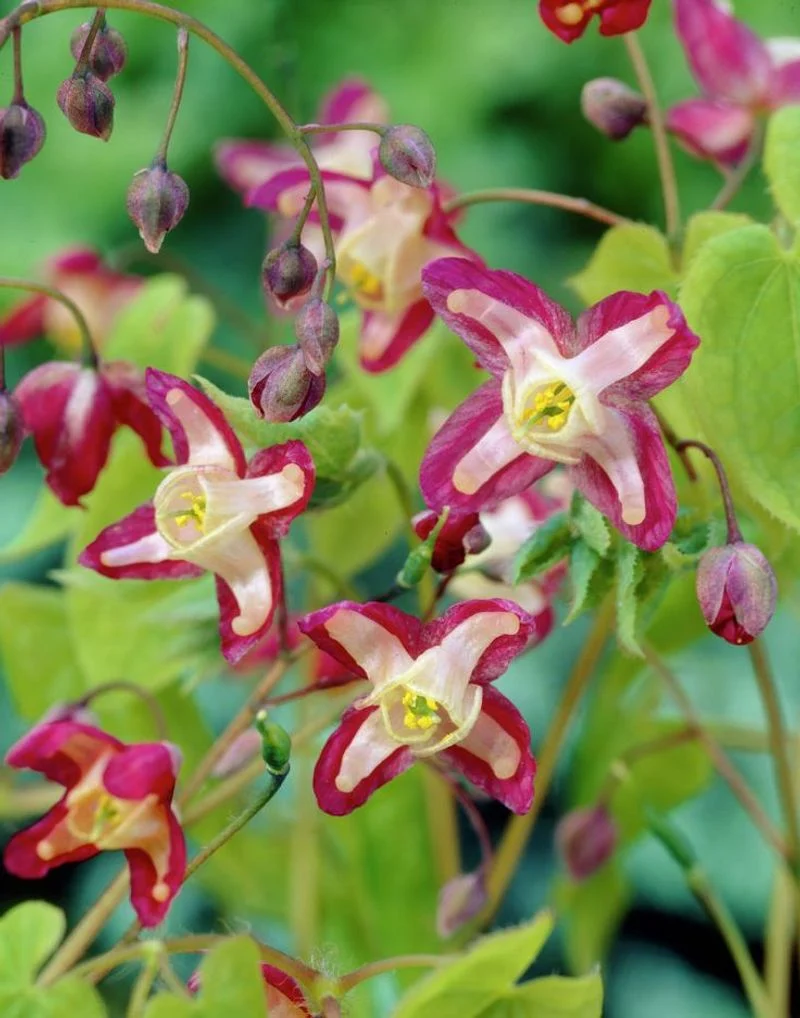
Epimedium, known as barrenwort, is celebrated for its heart-shaped leaves and dainty blooms. This shade-loving perennial impresses with its ability to form a dense, slug-resistant ground cover. Ideal for underplanting trees or along shaded borders, Epimedium requires minimal upkeep. Its leaves, often with red hues, add visual interest even outside the flowering season. Known for its drought tolerance once established, this plant offers a practical yet delightful solution for challenging garden spots. Its adaptability and charm make it a favorite among seasoned gardeners.
Solomon’s Seal
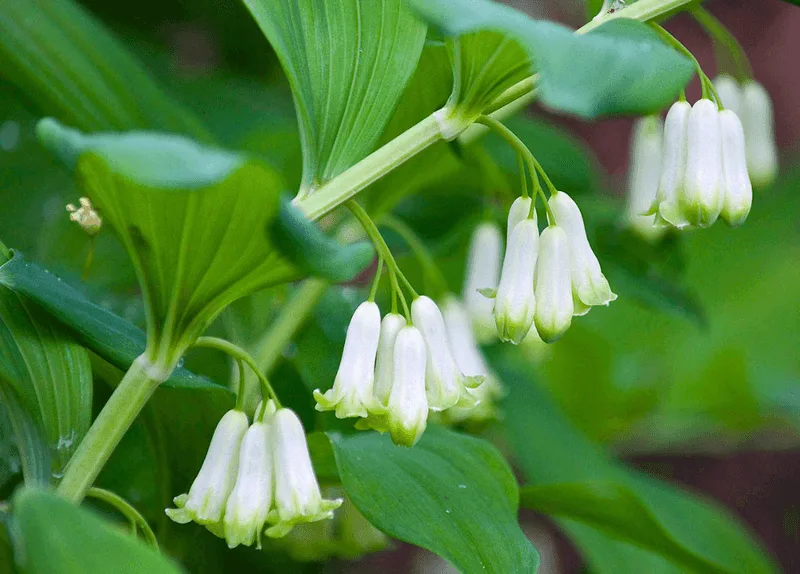
Solomon’s Seal brings elegance to shaded gardens with its arching stems and delicate, bell-shaped flowers. While slugs bypass this plant, gardeners appreciate its graceful form and seasonal interest. In spring, the flowers dangle like hidden treasures beneath the foliage, followed by blue-black berries. Its leaves turn a golden hue in autumn, extending its appeal. This perennial thrives with minimal care and adapts well to various conditions. Whether planted en masse or as a specimen, Solomon’s Seal adds understated beauty and structure.
Brunnera
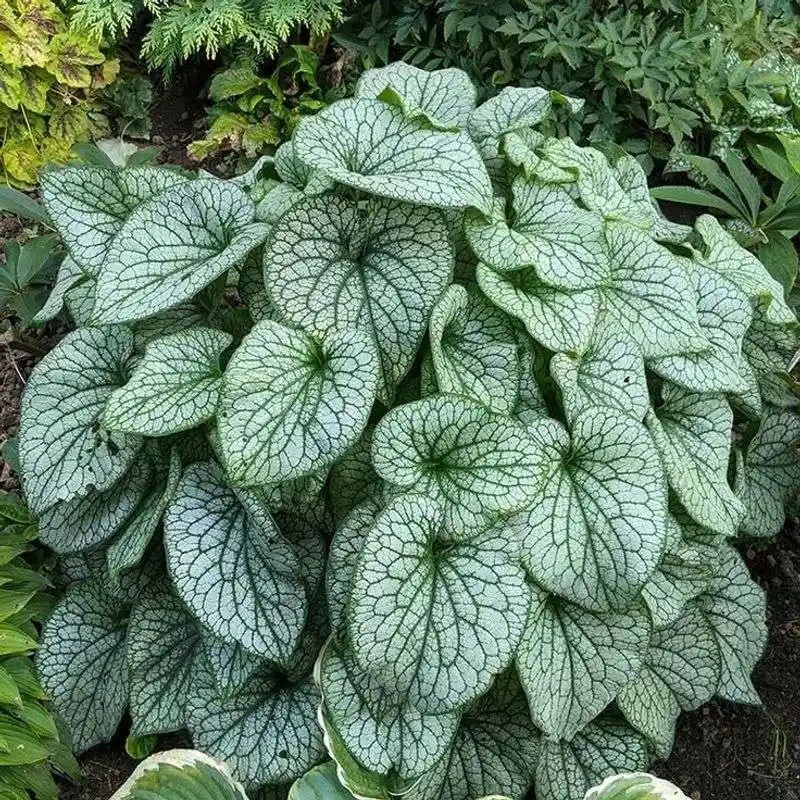
Brunnera, often called Siberian Bugloss, captivates with its heart-shaped, silver-patterned leaves. This shade lover is particularly resistant to slug damage, making it a reliable choice for gardeners. In spring, tiny blue flowers emerge, reminiscent of forget-me-nots, adding an enchanting touch. Brunnera thrives in moist, well-drained soil and can brighten even the darkest corners. Its foliage remains attractive from spring until frost, providing enduring beauty. Whether as a ground cover or a focal point, Brunnera enriches the garden with its artistic flair and resilience.
Foxglove

Foxglove, with its towering spires of tubular flowers, creates a stunning vertical statement in any garden. Known for its ability to thrive in dappled shade, foxglove remains largely untouched by slugs. The flowers attract pollinators like bees, adding ecological value. Despite its delicate appearance, foxglove is a robust biennial or perennial, depending on the variety. Its historical use in medicine, particularly digitalis from its leaves, adds an interesting narrative. Foxglove is perfect for cottage gardens, adding height and whimsy to shaded areas.
Pulmonaria
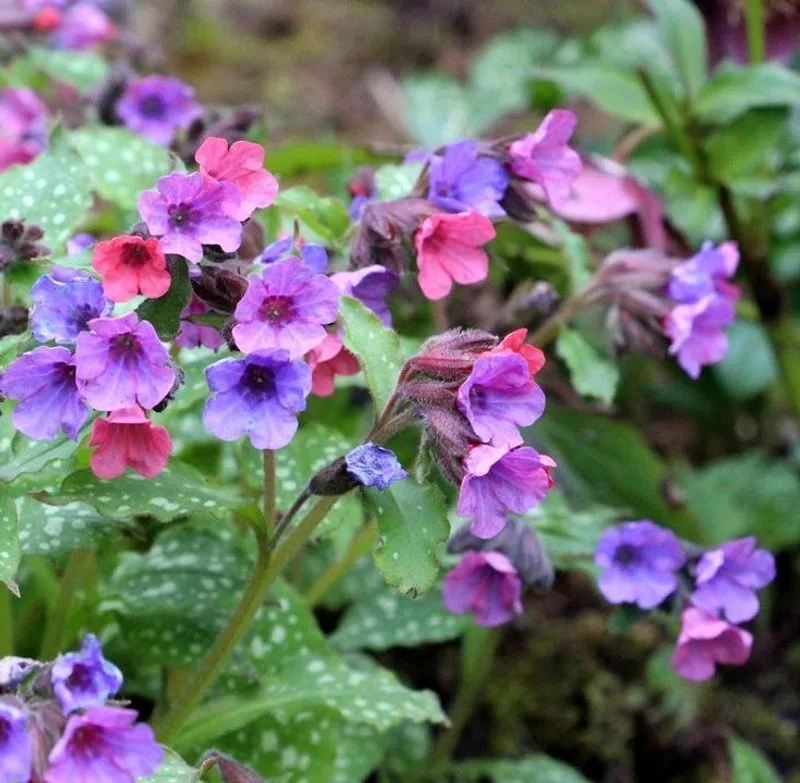
Pulmonaria, commonly known as lungwort, stands out with its distinctively spotted foliage and vibrant flowers. While slugs steer clear, this plant thrives in shaded, cool environments. Pulmonaria’s early spring blooms transition from pink to blue, delighting both gardeners and pollinators. Its unique leaf patterns provide year-round interest, making it a staple in woodland gardens. Known for its medicinal history, lungwort was once used to treat respiratory ailments. With minimal care requirements, Pulmonaria offers both beauty and practicality, enlivening the shadiest garden nooks.
Toad Lily
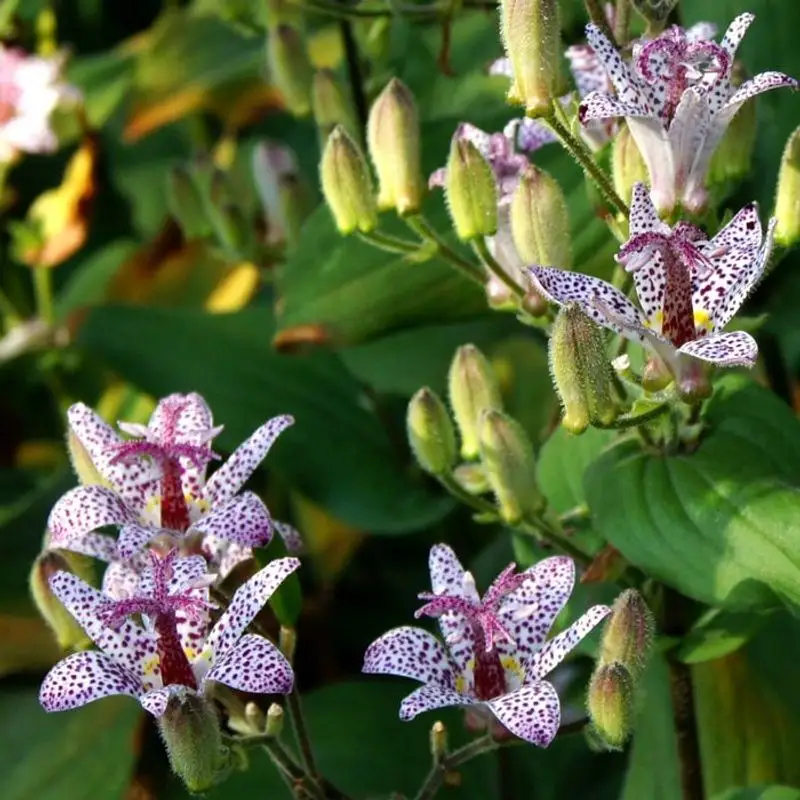
Toad Lily surprises with its exotic, orchid-like flowers that bloom in autumn, when most plants are winding down. Its speckled petals and unique color palette make it a standout in shaded areas. Despite its delicate appearance, toad lily is hardy and unappealing to slugs. This perennial thrives in moist, well-drained soil and can illuminate the darkest garden corners. Its late-season blooms provide valuable continuity in garden interest. Ideal for adding intrigue and beauty, toad lily complements a variety of garden settings with its distinctive charm.
Alchemilla Mollis

Alchemilla Mollis, or Lady’s Mantle, captivates with its soft, velvety leaves that catch morning dew like jewels. The chartreuse flowers add a pop of color that contrasts beautifully with its foliage. Slugs avoid this plant, which thrives in both shade and partial sun. Ideal for borders or as ground cover, its low-maintenance nature makes it a gardener’s favorite. Lady’s Mantle has historical uses in herbal medicine, adding depth to its appeal. Its adaptability and lush appearance make it a versatile choice for enhancing shaded gardens.

